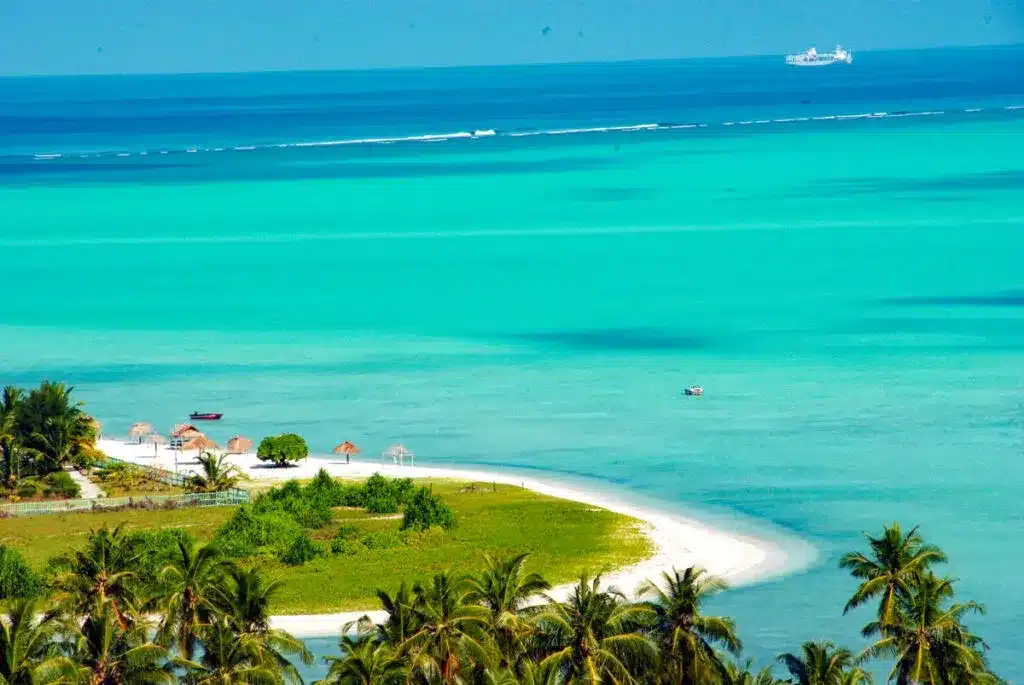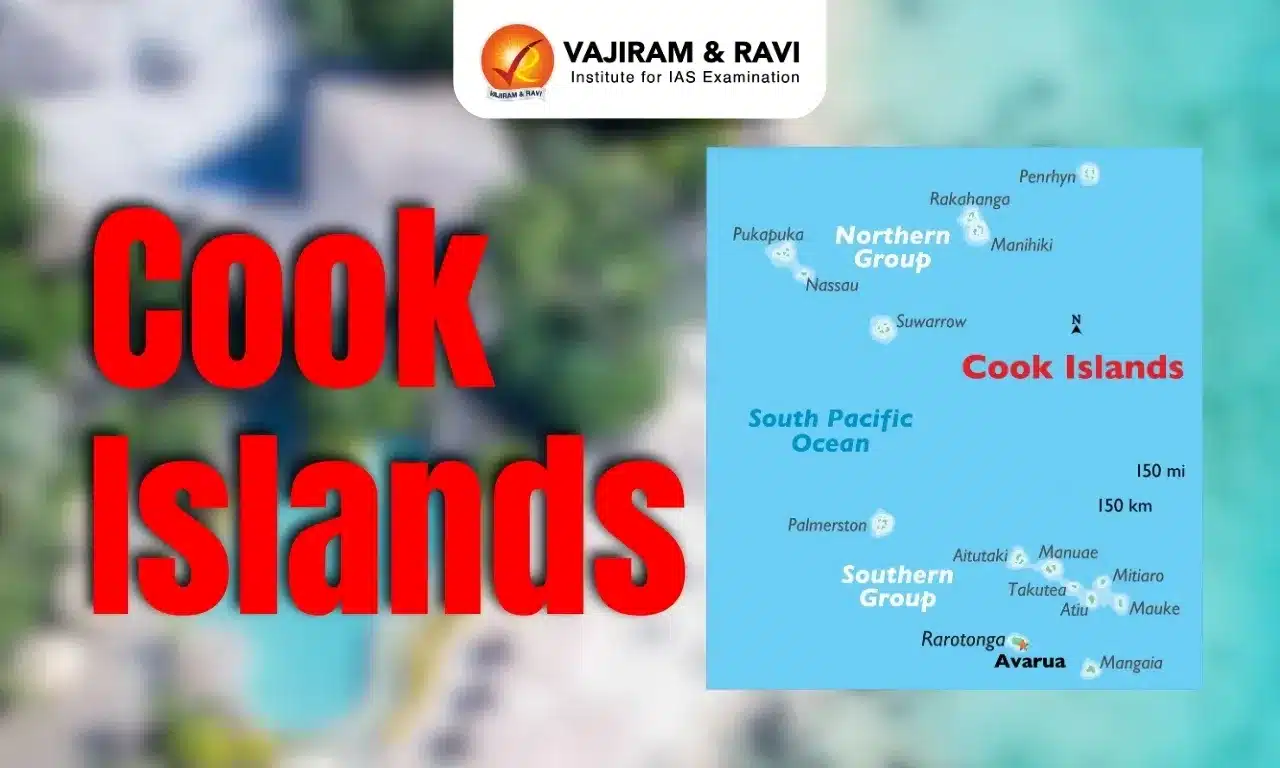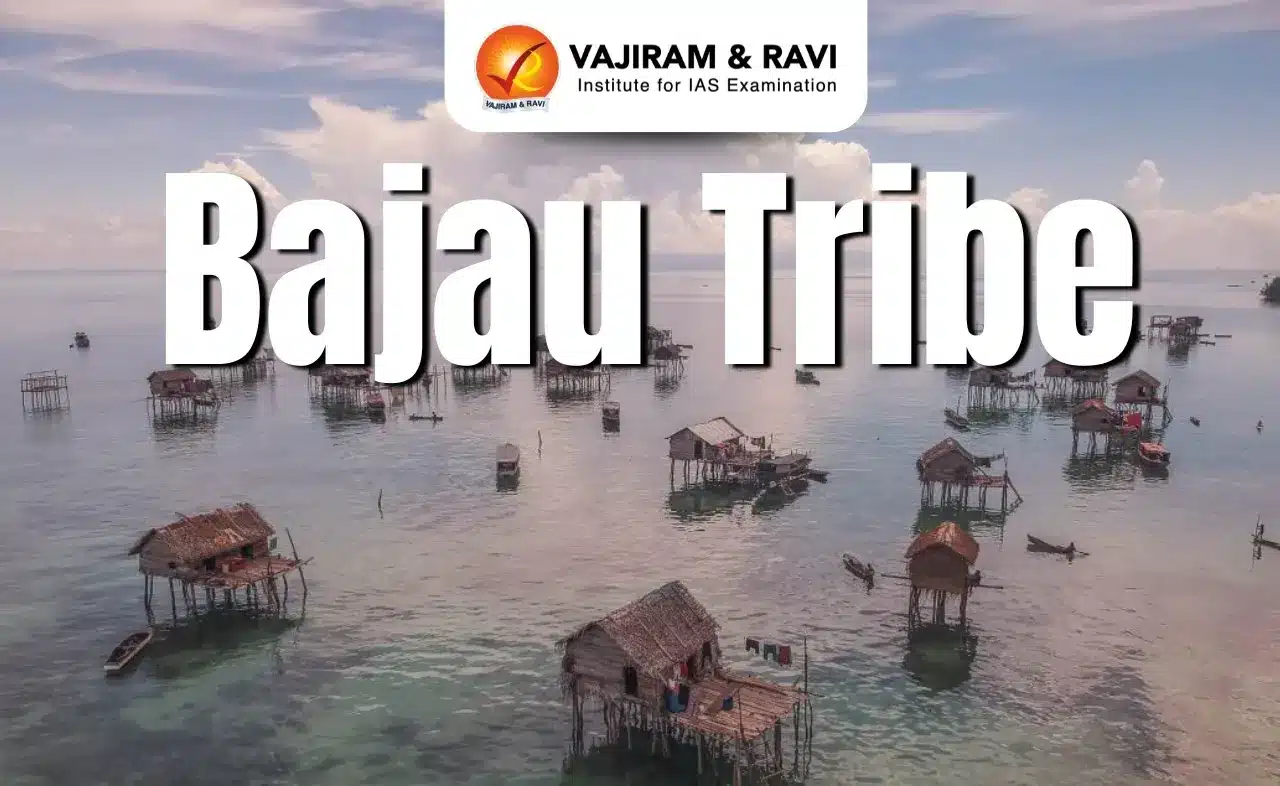About Laccadive Sea
- The Laccadive Sea, also known as the Lakshadweep Sea, is a body of water bordering India (including its Lakshadweep islands), the Maldives, and Sri Lanka.
- It is part of the Indian Ocean, the world’s third-largest body of water.
- Collectively, the Lakshadweep Sea is 303,476 square miles in area.
- Boundaries:
- To its south, the Lakshadweep Sea touches the Nine Degree Channel.
- To its west, it meets the larger Indian Ocean that it is also a part of.
- To the north, the Lakshadweep Sea meets the Arabian Sea (also part of the Indian Ocean), while to the northeast, it borders the Kerala state of India.
- Along the more southern eastern portion of the Lakshadweep Sea, it meets the Maldives islands and Sri Lanka.
- With an average depth of 6,329 feet, the Lakshadweep Sea is only half as deep as the average depth of the entire Indian Ocean.
- This warm sea has a stable water temperature throughout the year and is rich in marine life; the Gulf of Mannar alone hosts about 3,600 species.
- Considering the coral reefsof the Lakshadweep Sea alone, there are nearly 120 observed living species.
- Major cities: Major cities along its shores include Trivandrum and Kochi in India, Quilon and Colombo in Sri Lanka, and Malé in the Maldives.
Related Topics:
Q1: What is a Gulf?
The Gulf is a portion of the sea that is almost surrounded by land except one narrow opening. Gulfs are formed when a giant rock collapses or when a piece of land sinks. This causes a big indentation in the area, and the water eventually fills it up. Gulfs are also formed through a natural process of erosion.
Source: Three new fish species spotted using tools in the Laccadive Sea
Last updated on June, 2025
→ UPSC Notification 2025 was released on 22nd January 2025.
→ UPSC Prelims Result 2025 is out now for the CSE held on 25 May 2025.
→ UPSC Prelims Question Paper 2025 and Unofficial Prelims Answer Key 2025 are available now.
→ UPSC Calendar 2026 is released on 15th May, 2025.
→ The UPSC Vacancy 2025 were released 1129, out of which 979 were for UPSC CSE and remaining 150 are for UPSC IFoS.
→ UPSC Mains 2025 will be conducted on 22nd August 2025.
→ UPSC Prelims 2026 will be conducted on 24th May, 2026 & UPSC Mains 2026 will be conducted on 21st August 2026.
→ The UPSC Selection Process is of 3 stages-Prelims, Mains and Interview.
→ UPSC Result 2024 is released with latest UPSC Marksheet 2024. Check Now!
→ UPSC Toppers List 2024 is released now. Shakti Dubey is UPSC AIR 1 2024 Topper.
→ Also check Best IAS Coaching in Delhi
























